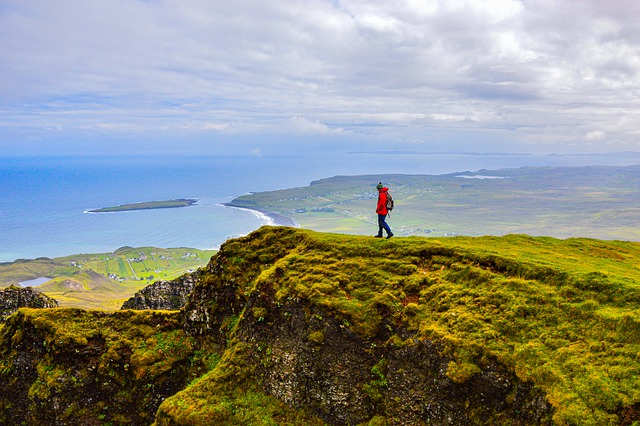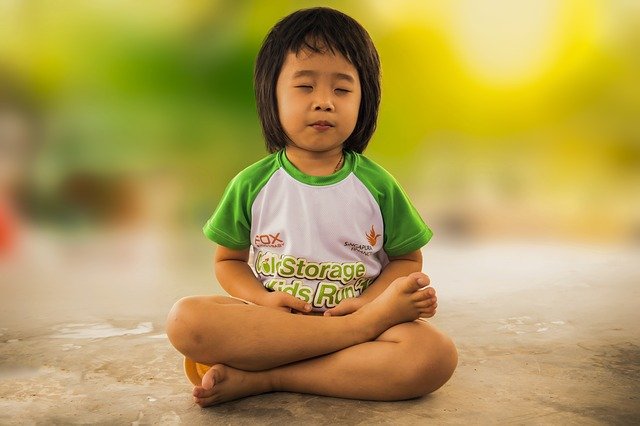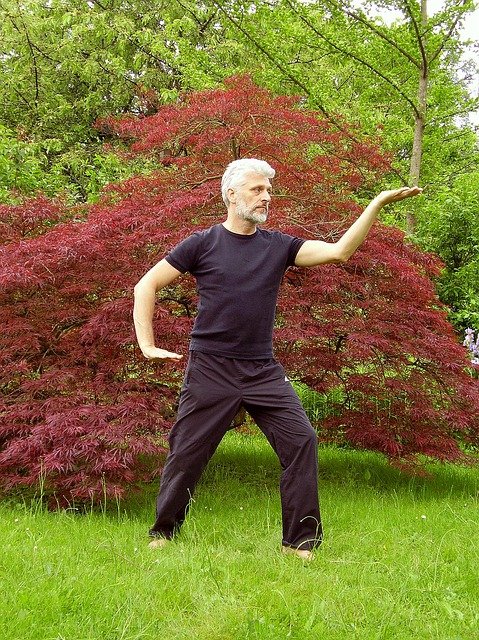In a previous post I discussed Amy Scher’s book, How to Heal Yourself from Depression When No One Else Can, where the focus is on the use of energy techniques for self-healing. In this post, I want to explore further the concept of self-healing and the power of visual media and nature to empower people to explore the many dimensions of self-healing.
This exploration will take us to Louie Schwartzberg’s podcast interview with the creators of the Heal Documentary – Kelly Noonan Gores (Director and Executive Producer) and Adam Schomer (Producer). Interestingly, both Kelly and Adam have been practising yoga and meditation for many years. Each of them brings to the interview lives rich with insight and experience.
Kelly is the author of the book, Heal: Discover your unlimited potential and awaken the powerful healer within, on which the documentary is based. She has worked as an actress, director, producer, and writer and established Elevative Entertainment, an independent production company designed to raise awareness, inspire, and empower people to enrich their lives and that of others they interact with. A recent interview with Kelly conducted by Brianne Hogan gives some insight into her passion for self-healing and her own wellness routine.
Adam is an intrepid explorer of human capacity and nature’s richness. He produced the documentary, The Road to Dharma – a Docuseries recounting his participation in a group undertaking a motorcycle exploration of the Himalayas in their search for freedom from fear and self-limiting beliefs. Adam is a producer and director of documentaries, including the award-winning The Highest Pass (2012).
Self-healing and healing through nature
Fundamental to the Heal book and documentary is the concept of self-healing – the belief that your body can heal itself. Our body maintains our human functioning through its autonomous systems such as breathing, digestion and circulation, all without our direct intervention. In Louie’s podcast interview, Kelly and Adam strongly advocate that we explore the terrain of self-healing and empower ourselves to enrich our lives by taking back control over our health and well-being.
Kelly and Adam stressed the need to overcome fear which leads to dis-ease and to become co-creators of our own lives and wellness. They agreed that the “emotional inflammation” surrounding the global COVID-19 pandemic was disabling people and that we have to find a way to overcome habituated ways of responding and seek out ways to restore our energy and power. They suggest that obsession with the news and social media is having a negative effect on people’s health as is “nature deficit disorder” resulting from a loss of connection with nature and its healing power.
All three participants in the podcast interview highlighted the mind-body connection and maintained that our “mindframe” (worldview) determines our perspective on our life experiences and the “waves” (challenges and disturbances) we encounter in daily life. Both Kelly and Adam see visual media as a way to enable people to experience emotion, challenge their mindframe, realise mind healing, and engage in more healthful behaviours. Kelly suggested that adverse life events such as illness serve as a “wake-up call” and a way of nudging us towards becoming the best we can be and empowered to pursue our life purpose. She drew on the work of Bruce Lupton to reinforce the disabling effects of our negative beliefs.
Kelly stressed the role of nature as “a healing modality”. She reinforced the value of nature in “earthing” (becoming grounded) and the healing power of “forest bathing” (lowers blood pressure and activates the parasympathetic nervous system). Louie expressed the view that nature imagery too is a healing modality and his view has been supported by the numerous positive health benefits identified by people who have watched his film, Fantastic Fungi. He mentioned that, based on the research supporting the health benefits of visceral nature imagery, some hospitals are employing this as a healing modality for illnesses such as alcohol addiction.
Reflection
Louie’s interview podcast with Kelly and Adam provided more exposure for their incredible commitment to promoting self-healing and their passion for, and expertise in, consciousness-raising documentary films. They collectively stressed that as we grow in mindfulness and awareness through meditation and absorption in nature, we can empower ourselves to heal our own bodies and minds and develop genuine wellness and ease.
_________________________________
Image by Nikolaus Bader from Pixabay
By Ron Passfield – Copyright (Creative Commons license, Attribution–Non Commercial–No Derivatives)
Disclosure: If you purchase a product through this site, I may earn a commission which will help to pay for the site, the associated Meetup group and the resources to support the blog.









